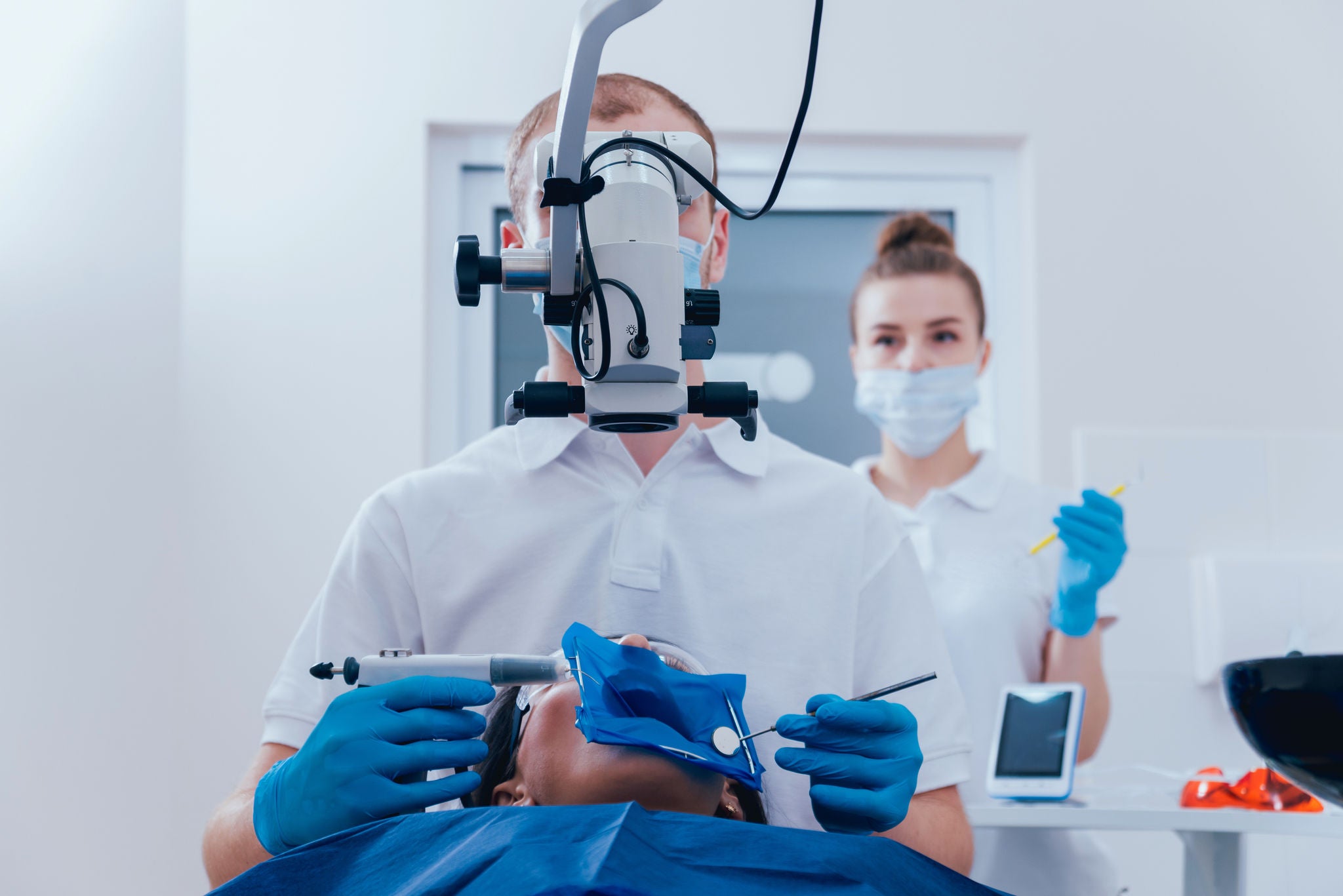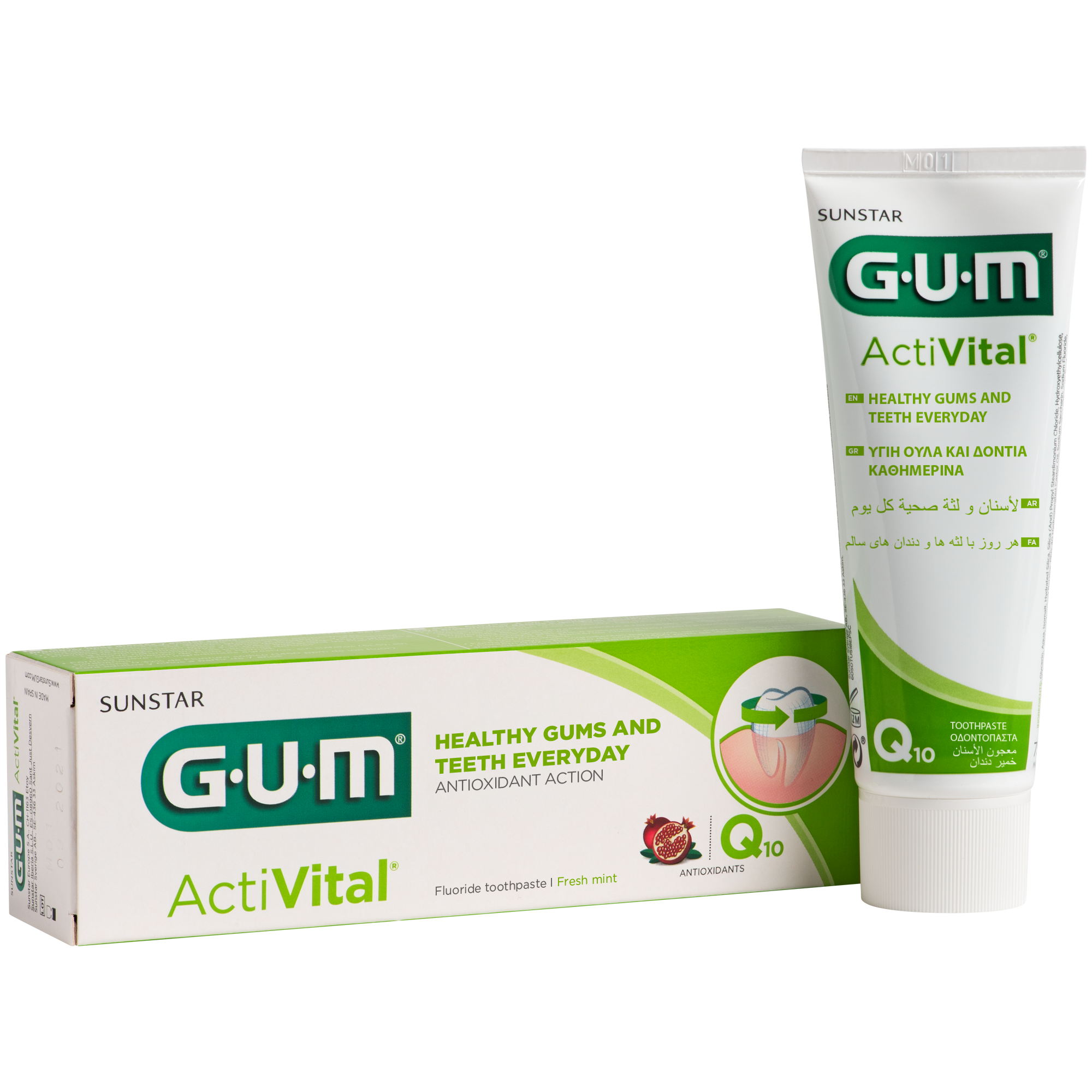
Helping Patients Understand and Manage Root Caries
One of the most persuasive and hard-hitting narratives for dentists who want to guide their patients toward better oral care habits is that around teeth and aging.

You might not be able to make the case that failing to adhere to a comprehensive regimen will lead to consequences tomorrow, but those who become lax in their oral care do face major risks down the line.
Root caries provide a grounded example to frame this conversation. Helping your patients understand what root caries are, what they mean, and how to prevent them will go a long way toward instilling the importance of long-term quality dental care.
Raise awareness about prevalence of root caries
Root caries can be challenging to treat and overcome once they occur, meaning that a strong preventative plan is par. As pointed out during one of our webinars on aging patients (see here) as well as in a recent article mentioned in the British Dental Journal, caries is not only a childhood issue as one may think, with an aging population and an increasing retention of teeth.
They are a significant contributor to tooth loss, and can have a major negative impact on quality of life.
As Dr. Paul Hellyer explains, “With the anticipated increase in the worldwide population of people aged over 65 from 12% to 22% by 2050, many of whom are retaining their natural dentition into old age, root caries is expected to be one of the main challenges in dentistry in the next decades.”
The global medical community is increasingly recognizing this, as do policy makers with the impact of caries on public health and global economic burden. And patients should too: they should be taught that prevention of caries, whatever their localization, is a life-long endeavor to contribute to good health and quality of life.
Caries overall is not yet an overcome disease in the world. This is also supported by the fact that just recently, the World Health Organization added three dental treatments – topical fluoride-containing preparations, glass ionomer cement and silver diamine fluoride – to its Model List of Essential Medicines for Adults and Children. A continuing battle against this disease rages on, despite the progress made so far.
Explaining root caries vs. dental caries to patients
The difference between these two terms is not necessarily understood by patients, although root caries do present certain specificities. Helping patients understand the distinction can help clarify and contextualize.
Root caries refer to damage to the root of a tooth caused by decay. Most prevalent in older populations, they present as discoloured, large lesions extending laterally and are sometimes – but not always – cavitated. Root caries are typically diagnosed based on visual and tactile criteria or radiographic tests.
Communicate to patients that, whereas dental caries usually refer to decay and damage on the crown and its surfaces (i.e. cavities), root caries refer specifically to caries of the root of the tooth where the gums have shrunk or receded due to traumatic toothbrushing, periodontal disease or aging.
Although more visible than cavities located elsewhere, root caries are not necessarily identified as such by a patient. Often, they are not accompanied by the usual tooth decay symptoms such as pain, or only at a later stage of the decay. This makes it especially important to keep your patients informed about what they are, and what causes them.
Patients often notice them because of the inaesthetic brownish coloration: it should prior be explained to them how this is the sign of a declared caries already countered by the defensive remineralization mechanism of the dentin.
Inform patients about causes and risk factors of root caries
Like most dental issues, the primary cause of root caries is harmful bacteria in plaque that progresses to tooth decay. However, explaining to patients that the dentine within a tooth is not as strong as the external enamel, and making them aware there is no enamel on the root, can raise their alertness. In turn, this may entice them to be more vigilant in managing the risk factors:
- Poor oral hygiene
- Set habits of inadequate brushing or slack in the brushing method
- Old age
- Reduced salivary flow or xerostomia
- Gum recession exposing the root of the teeth
- Gum diseases provoking bone loss and exposing the roots
- Reduced dexterity
- Sweeter and stickier food consumed by older patients because of limited chewing and swallowing ability
In particular, topical application of silver diamine fluoride (SDF) appears effective for this purpose.
The approach tends to be appealing because it is simple and relatively inexpensive. You can also mention the recent inclusion of SDF on WHO’s list of essential medicines to substantiate its traction as a treatment method, if it is available in your country. However, patients should be warned that SDF tends to blacken the dentin, rendering the treatment inaesthetic, particularly on the buccal aspect of teeth.
When root caries and dentine demineralisation advance to the point where structural integrity of the tooth is compromised, restorative treatment may be necessary. As noted in a Cochrane systematic review, “The conventional approach of 'drilling and filling' is the treatment most commonly used for restoration of cavitated root surface caries lesions.” It’s also noted that, “Sometimes, it may be necessary to consider some form of aesthetic improvement after the root caries lesion is arrested if, for example, a colour change has occurred, and restorative treatment may be offered.”
Informing that perfect aesthetics can be challenging to obtain due to the proximity of the gingival margin or the difficult isolation from saliva during treatment can be compelling as well for the patients to prevent arriving in this situation.
Make prevention of root caries a top priority
Explaining root caries and their impact to your patients will help embed the importance of a strong and regular oral care routine, while guiding them toward better long-term health outcomes.
Above all, it’s critical for patients to adhere to a regular and comprehensive oral care routine.
Other preventative measures include:
- Changing dietary habits (less sugar and carbohydrates)
- Disturbing and disrupting dental biofilm (reduction of plaque index)
- Regular cleanings and exams by a dental professional
- Preventing periodontal diseases and attachment loss to avoid root exposure


